Appropriating the Seven Ages of Man
This is the student activity 1 of 2 of the Shakespeare's Seven Ages of Man learning activity.
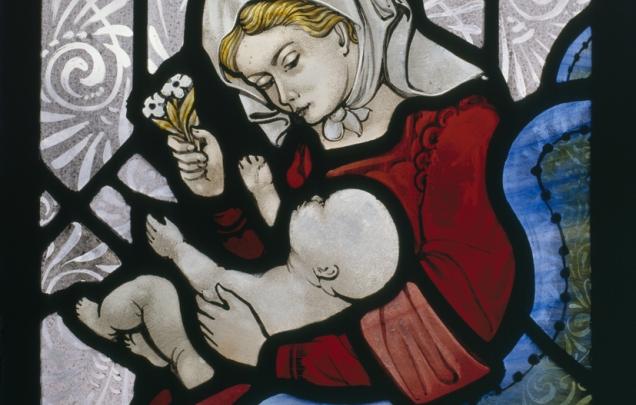
The Seven Ages of Women
Representation and gender
The Seven Ages of Man speech begins by considering both men and women. However, most of the speech ignores the experience of women. The speech reflects that it was written in a patriarchal or male dominated society. The status of women was far less equal in the late sixteenth century when Shakespeare wrote the speech. Women are depicted as either carers of children or as love objects in the speech.
Activity
Write a new version of the Seven Ages of Man speech that considers the Seven Ages of Women.
Update the speech so that it reflects the Seven Ages of Women in your experience of contemporary Australia life. You might like to alter the structure of the speech if you believe that the lives of women have more or fewer stages. Your language choices do not have to reflect the style of Shakespeare’s speech but you should try to include images, symbols and strong verbs. You might even include slang terms for the different stages of the woman’s life, as Shakespeare does in his version. Be prepared to perform your speech for the group.
You might complete this activity individually or in pairs. It could also be completed in a group of seven where each member is responsible for the lines exploring one of the seven stages.
Before you begin
Create a timeline or graphic representation that identifies some of the stages of a woman’s life. These stages might differ depending on the cultural heritage of a woman. Select what you feel are some of the key stages for use in your speech.
In the late nineteenth century English writer Agnes Strickland wrote a female version of the poem in response to Shakespeare. English poet John Knight wrote his own version of the Seven Ages of Women in the twentieth century. You might like to research these poems online, along with other versions of the Seven Ages of Man in other media, before you begin to write.
Updating the stained glass windows
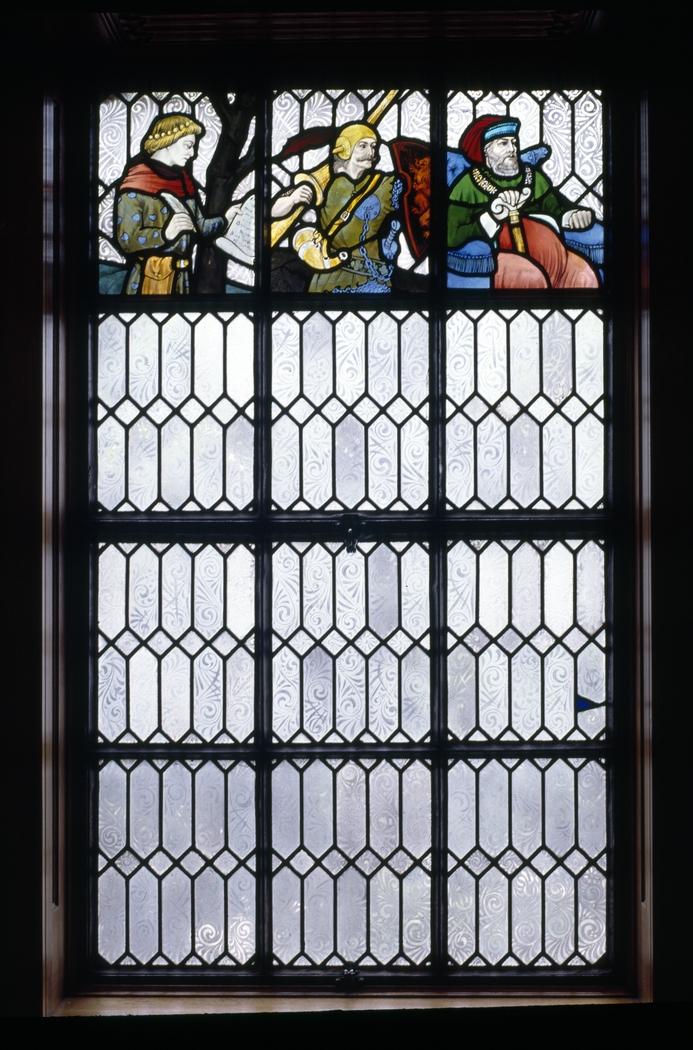
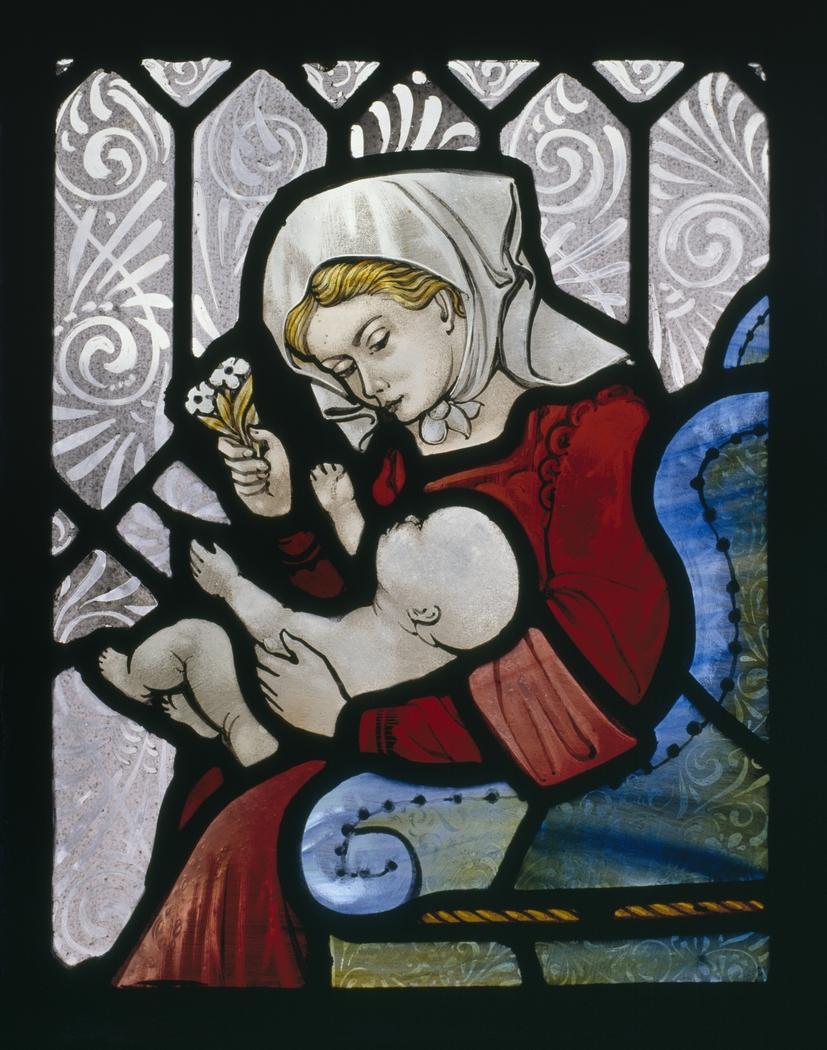
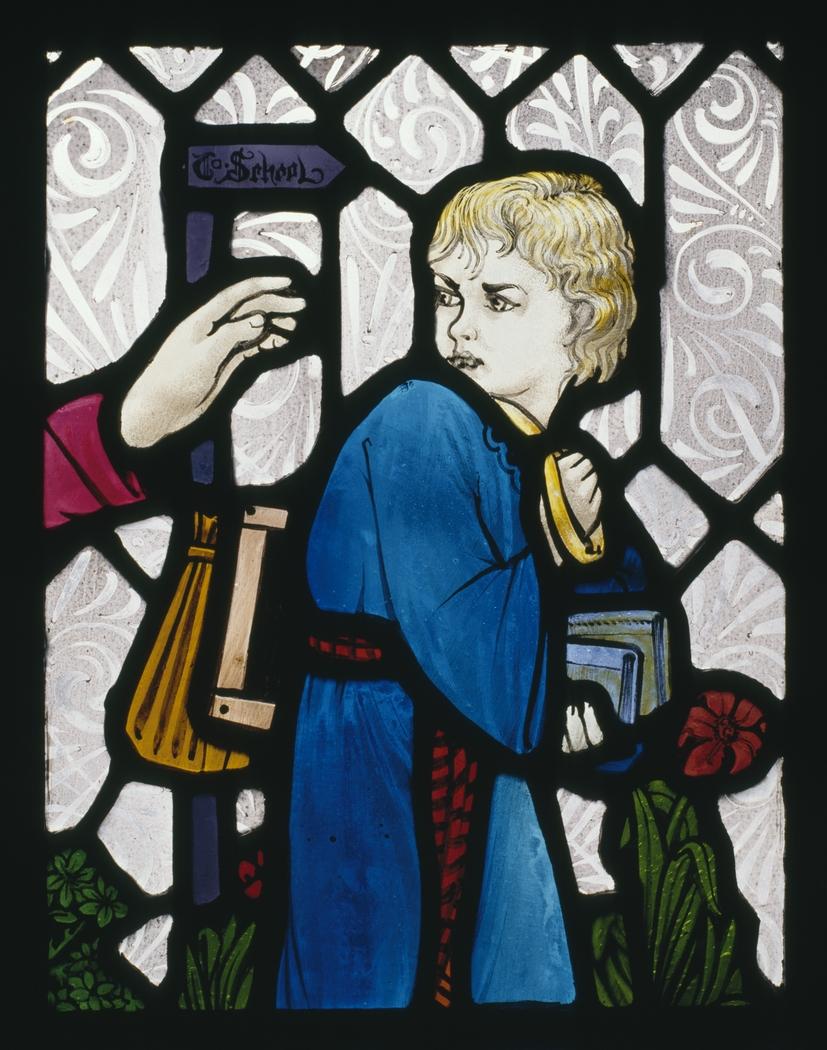
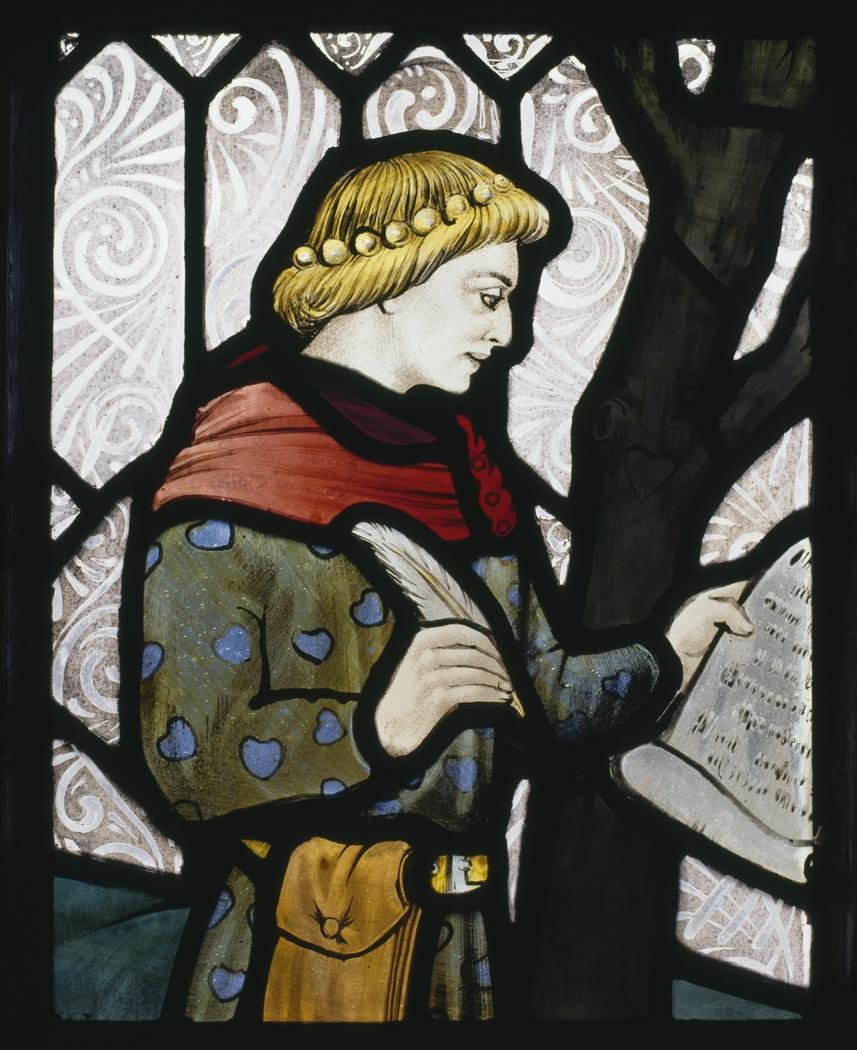
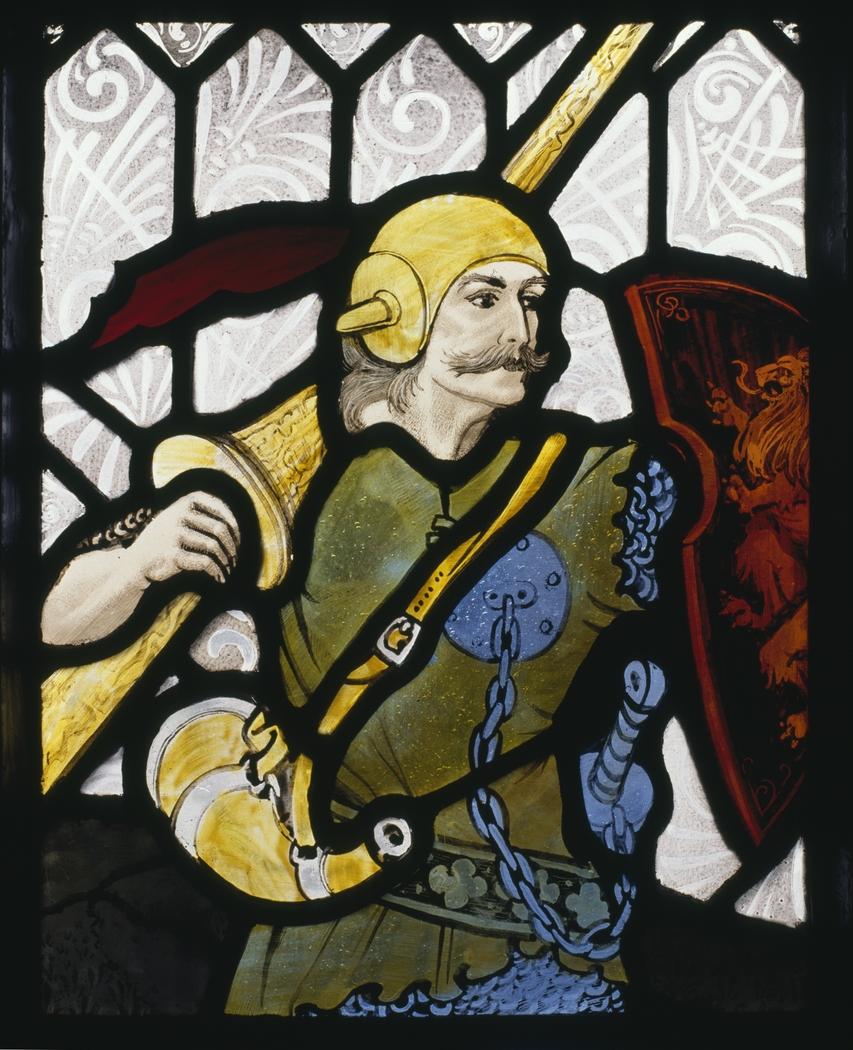
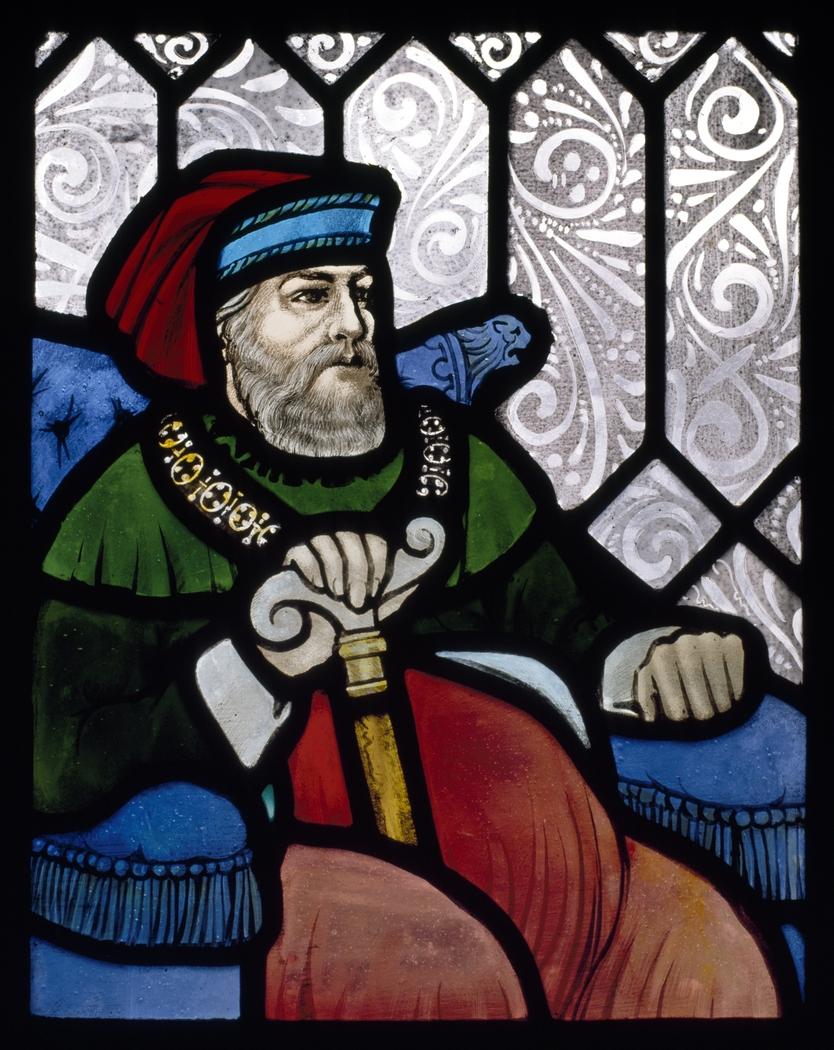
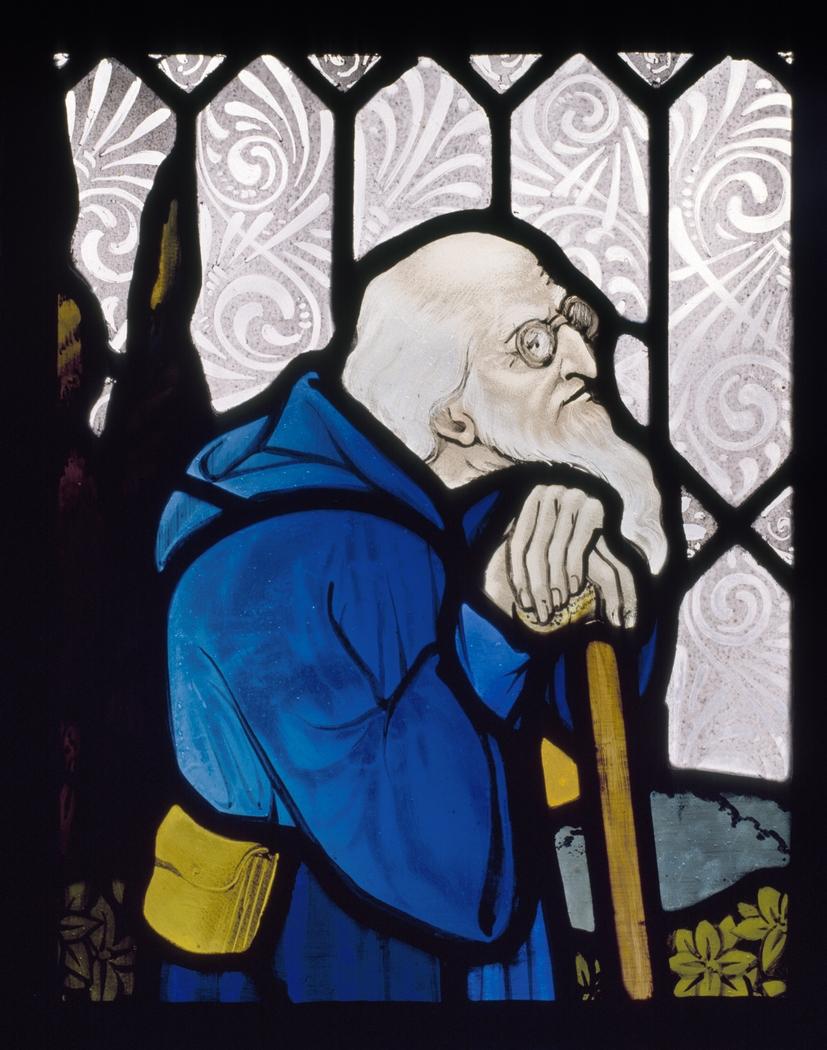
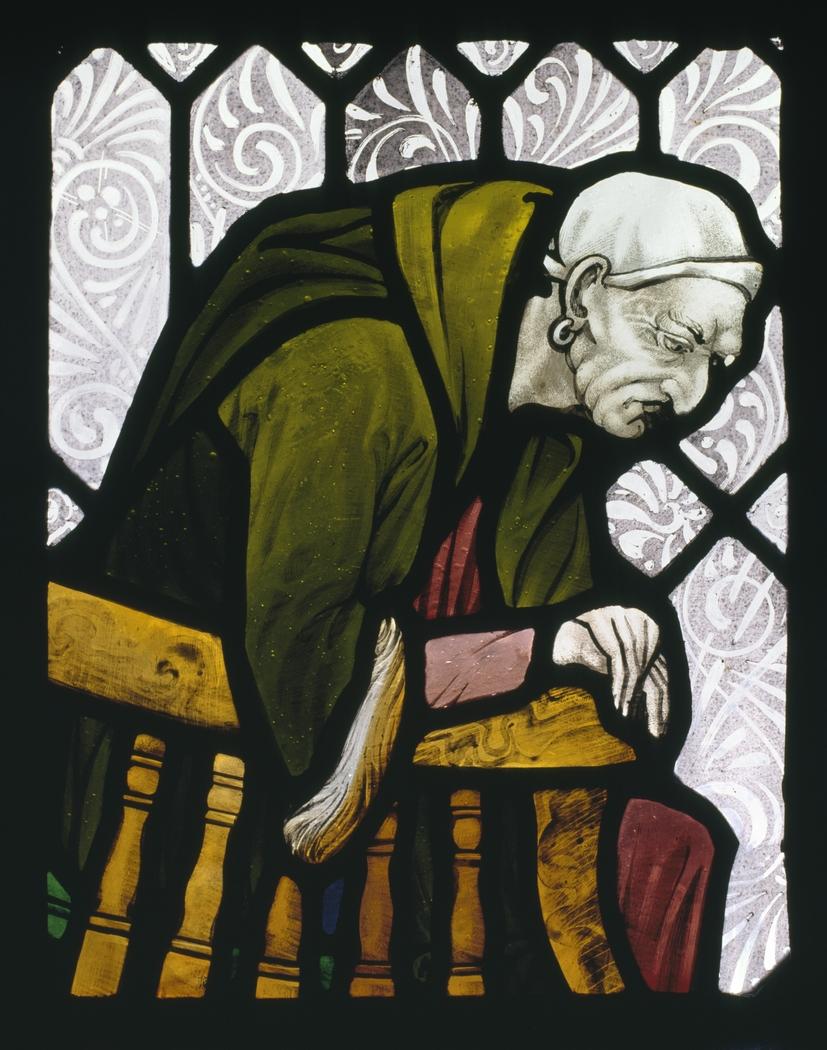
Many theatre and film productions of Shakespeare alter the setting of his plays. This might mean updating the setting to a contemporary setting or to a different historical period. In this activity, you are to create your own representation of the Seven Ages of Man using stained glass. Your representation should update the speech to focus on the life of women in a contemporary Australian setting. Consider how you might use symbols to represent the ideas and images in the speech and to indicate the setting. Look carefully at how the stained glass windows by Arthur Benfield use visual symbols or written text to represent aspects of Shakespeare's speech. For example, the flowers in the first window symbolise spring or new birth and the book in the second window symbolises education or school.
You might like to go online and research other representations of the Seven Ages of Man as inspiration. For example, in the Folger Shakespeare Library in Washington DC in the United States of America there is single window depicting the seven stages of man in stained glass by Nicola D’Ascenzo. In Queen Victoria Street, London, Richard Kindersley has designed a public sculpture of the Seven Ages of Man which consists of seven heads or busts arranged one above the other, resembling a totem pole. It was unveiled in 1980.
This activity can be completed in groups of seven, where each individual is responsible for representing one of the Seven Ages of Man, or individually.